How To Create Banjo Licks
No matter what instrument you play, in order to begin improvising you need to create your own collection of “licks”. What is a “lick”? A lick is a small musical passage that you have down 100% under your fingers that you know so well you can always pull it out of your back pocket and use in certain musical situations. They can be just a couple notes, a half a measure, a full measure, 2 measures or more, but most often they are no longer than about 2 measures and often just a few notes. There are licks to use over a certain chord being played. Intro or Outro licks. Licks to move from one chord to another chord - such as a G chord going into a D chord.
A lick can be made with any series of notes that you think sound good. In music, nothing is wrong as long as you like the sound of it. Often a lick will focus around the chord tones that are being played. That does not mean it will only contain the chord tones, but it just might be centered around those tones. There are consonant sounding licks (licks using only notes that are in the scale of the key you are playing in). There are dissonant sounding licks (licks that contain a number of notes that are not in the key you are playing in). For most people consonant tones are pleasing to the ear while dissonant tones create a lot of tension. The tension created in dissonant tones can add depth of sound similar to the way a very stinky French cheese can.
A lot of licks in bluegrass utilize “blue tones”. The most common ones used are a flatted third and a flatted seventh scale tone. In the key of G, the flatted third would be a Bb instead of the usual B note found in the G major scale. The flatted 3rd in the key of G would be an F note instead of the usual F# note that is found in the G scale. These blue tones will give your playing a bluesy sound to it and bluegrass has a strong influence from the blues.
What I recommend to build your vocabulary of licks is to look at a tab of a banjo solo or listen to one and transcribe it to tab. Then take little segments - maybe just 4 notes or so and notice if it is used as an intro or outro lick, a lick under a specific chord, or a lick that moves you from one chord to another. Take these and write them out in tab and give them a title such as “Intro Lick”, “Outro Lick”, “G Lick”, “G > C Lick”, etc.
Write out about 4 of these and then practice them over and over until you can play them basically without thinking about them. Just using muscle memory. Remember when each of these would be used. Then if you can get with a friend who plays a chordal instrument such as a guitar, piano, mandolin, etc… have them play a simple chord progression that contains a chord you have a lick for. Play a basic roll while just holding a chord shape, but when the chord comes around that you have a lick for, play your lick!
You have to practice and practice to make these licks just naturally come out of you. As you get your first licks under your fingers, write out some more. Keep them in a notebook or some way that they are all together. You don’t want each lick scattered on random pieces of paper everywhere. This will become your own personal encyclopedia of banjo licks! As you get these solidly under your fingers, you’ll then be able to start to create variations of them on the fly. Now you are truly improvising!




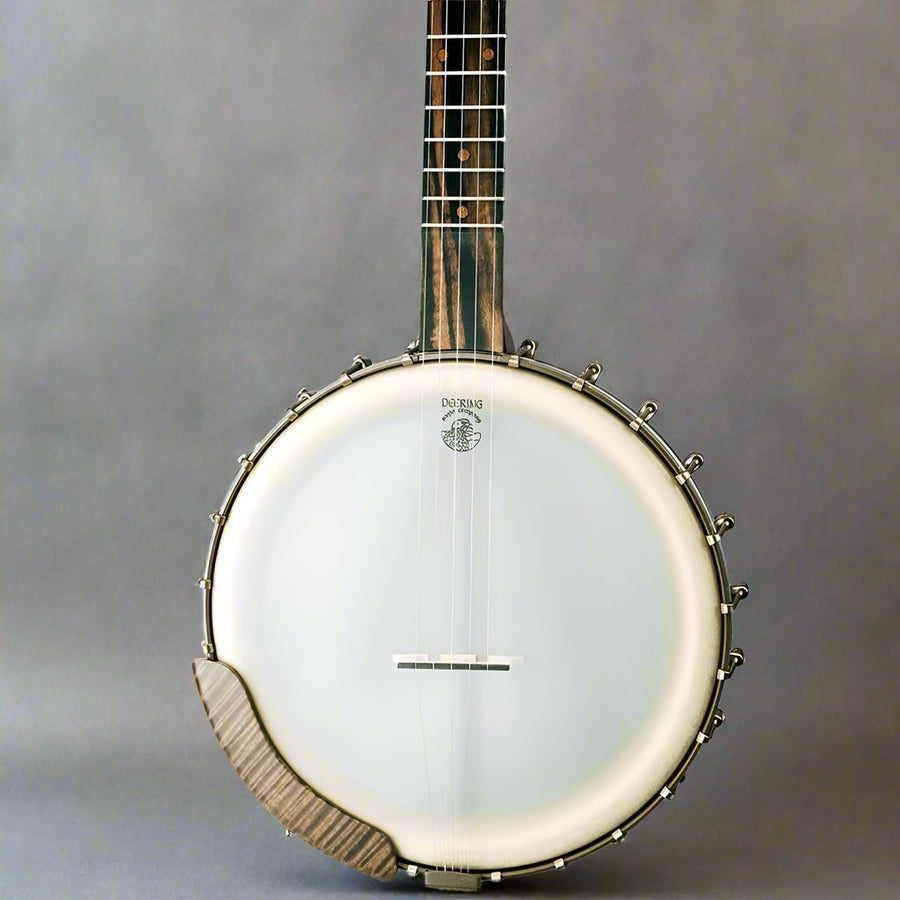
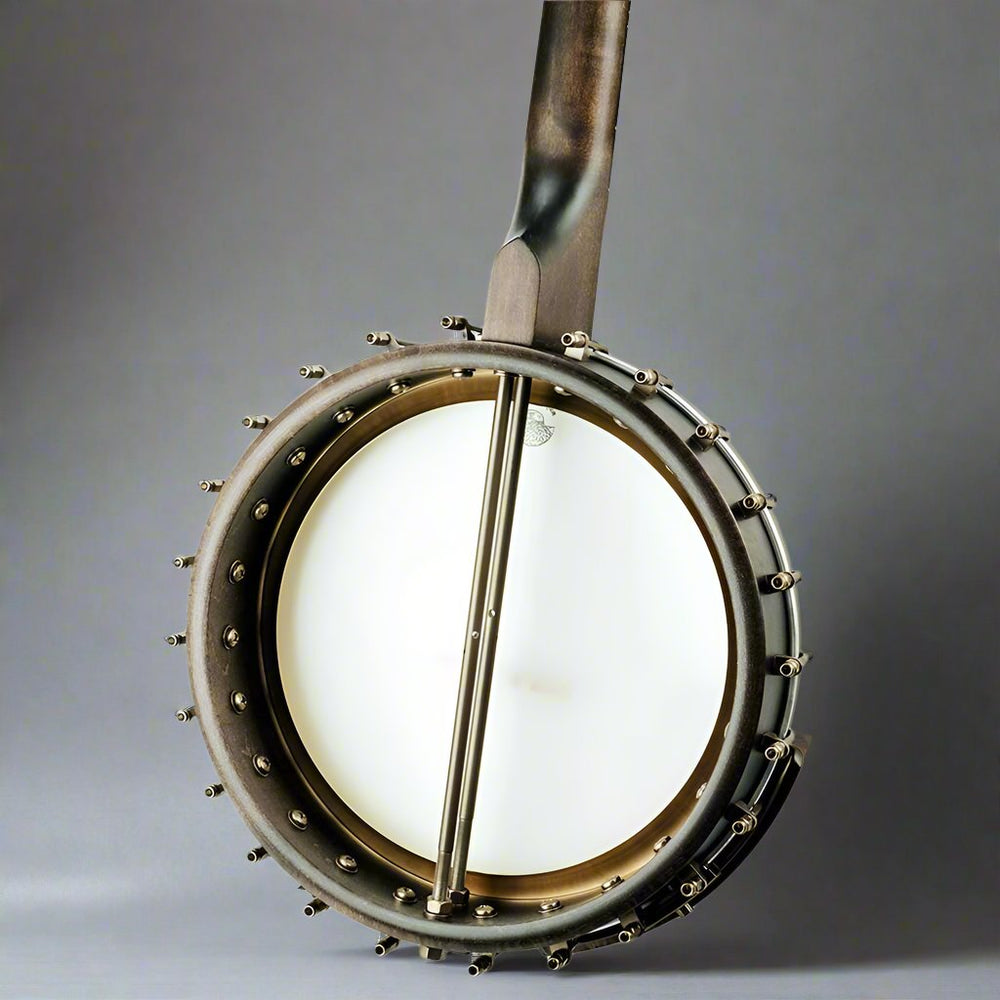
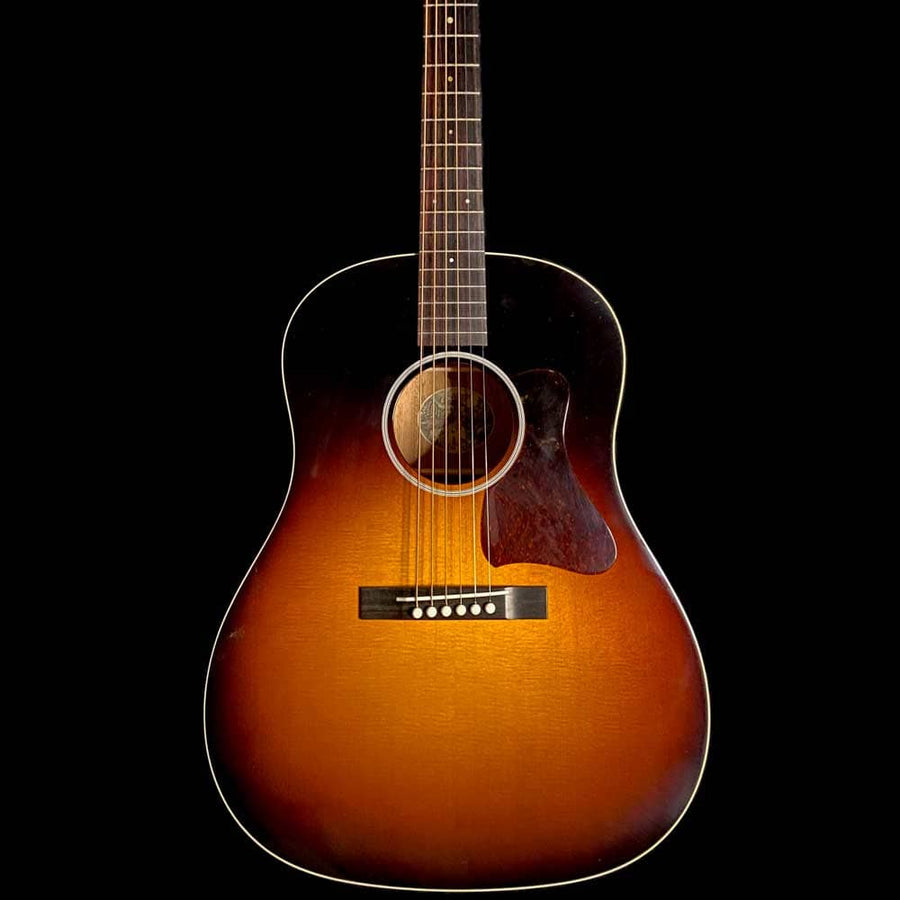
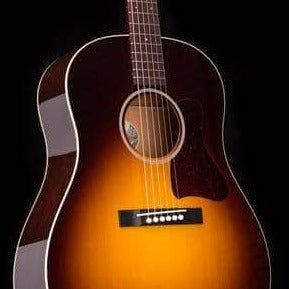



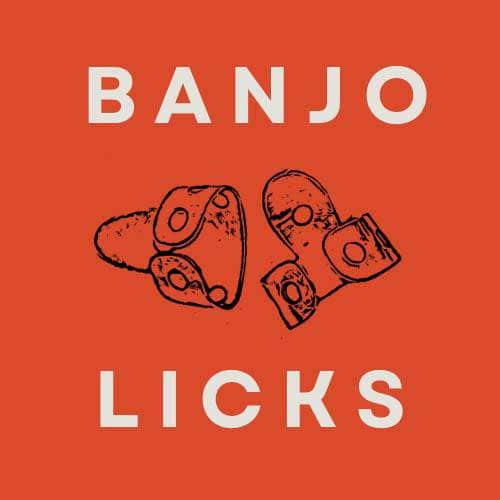
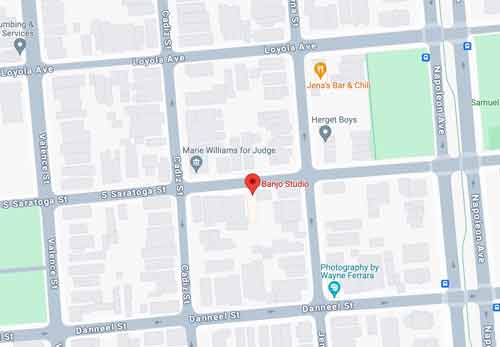
Leave a comment